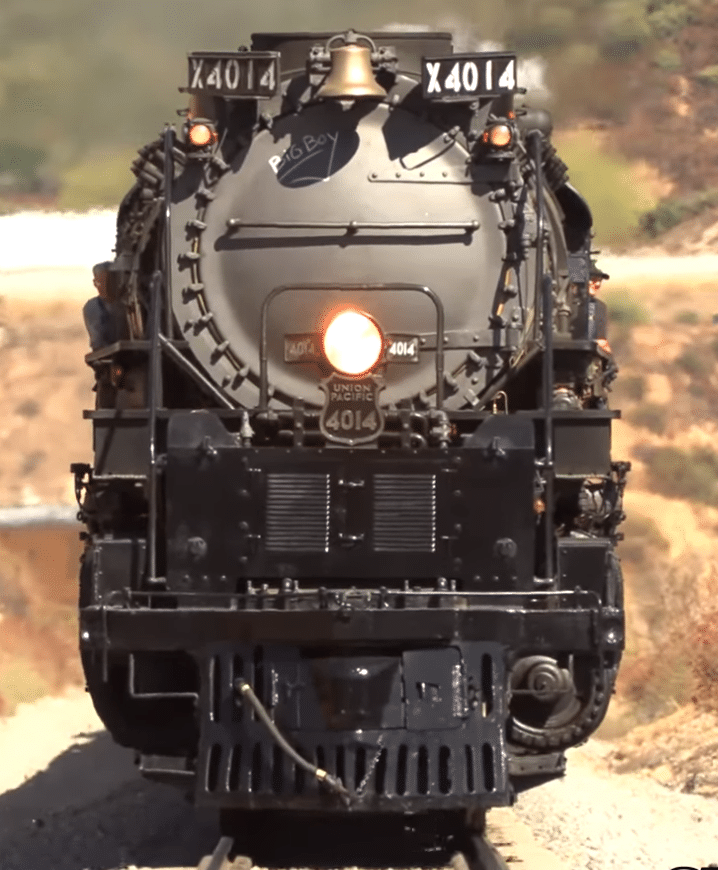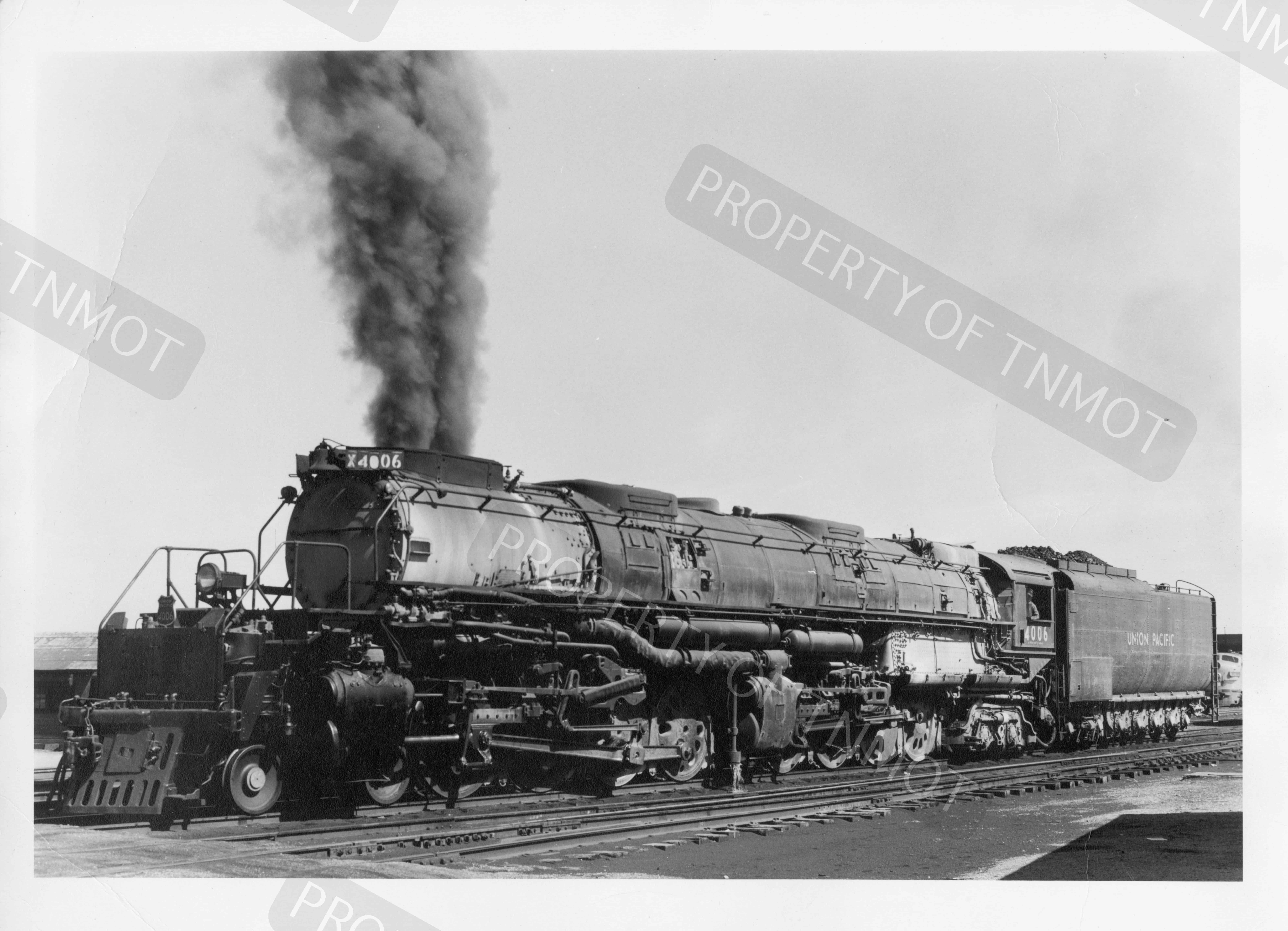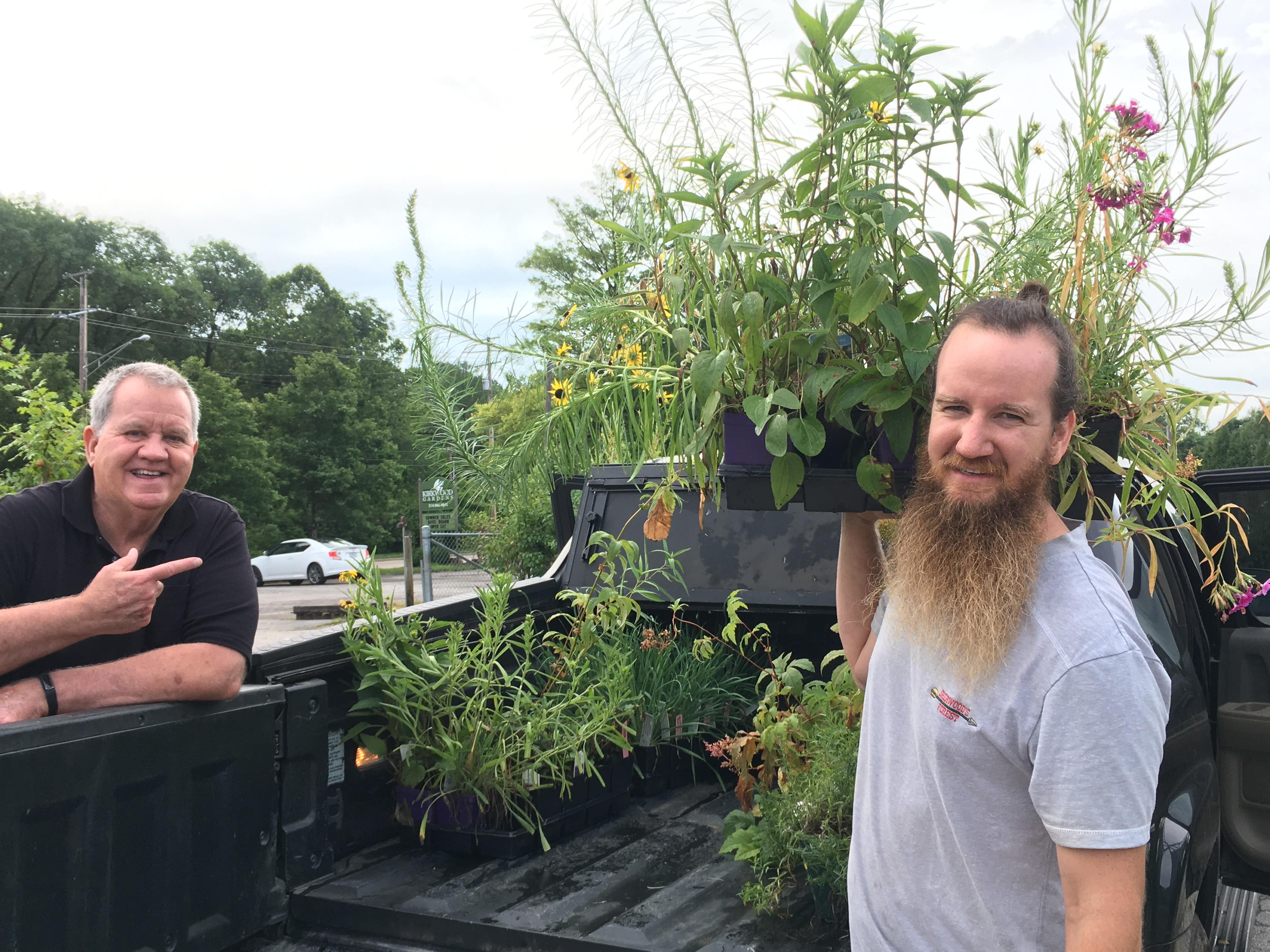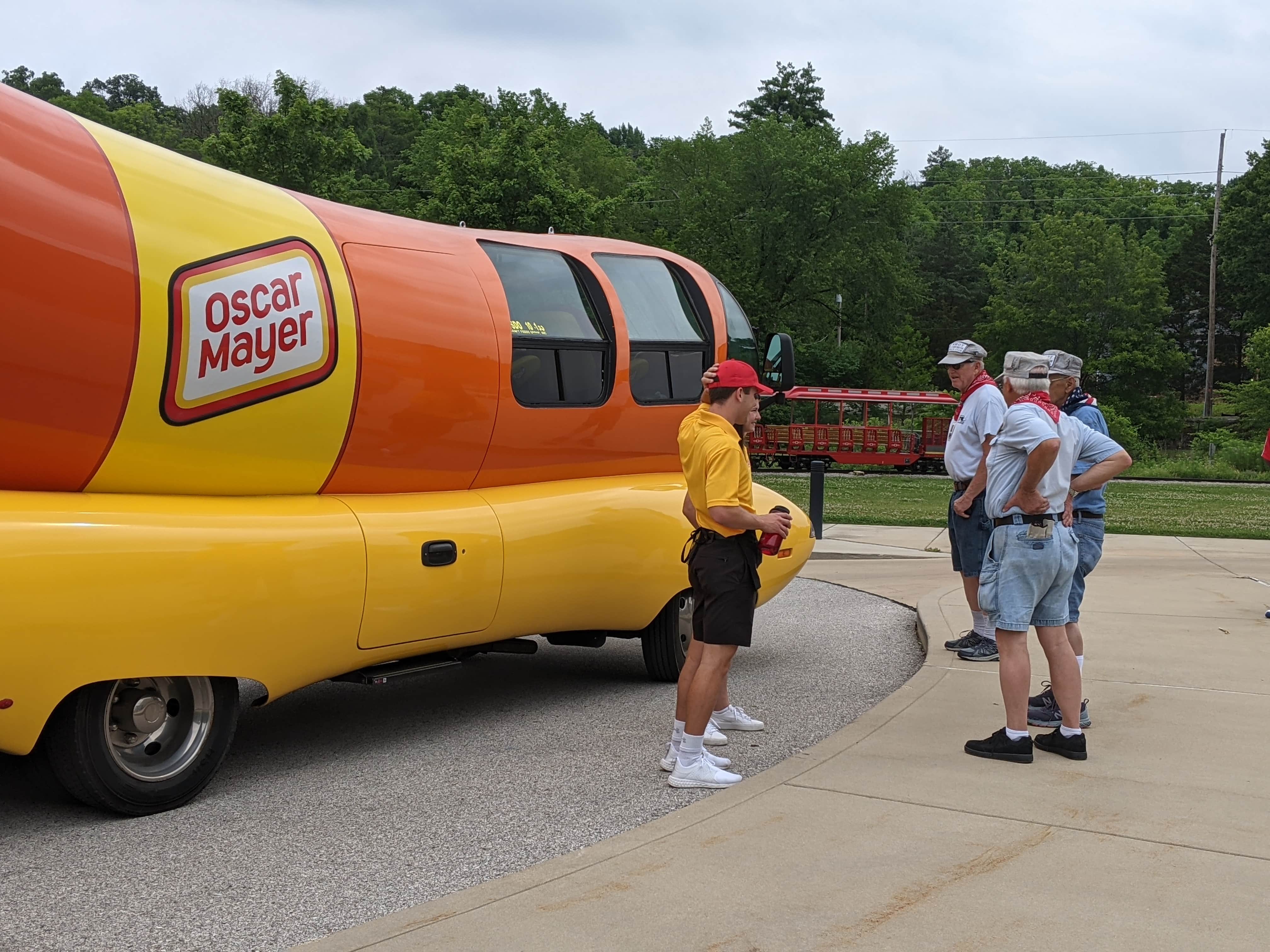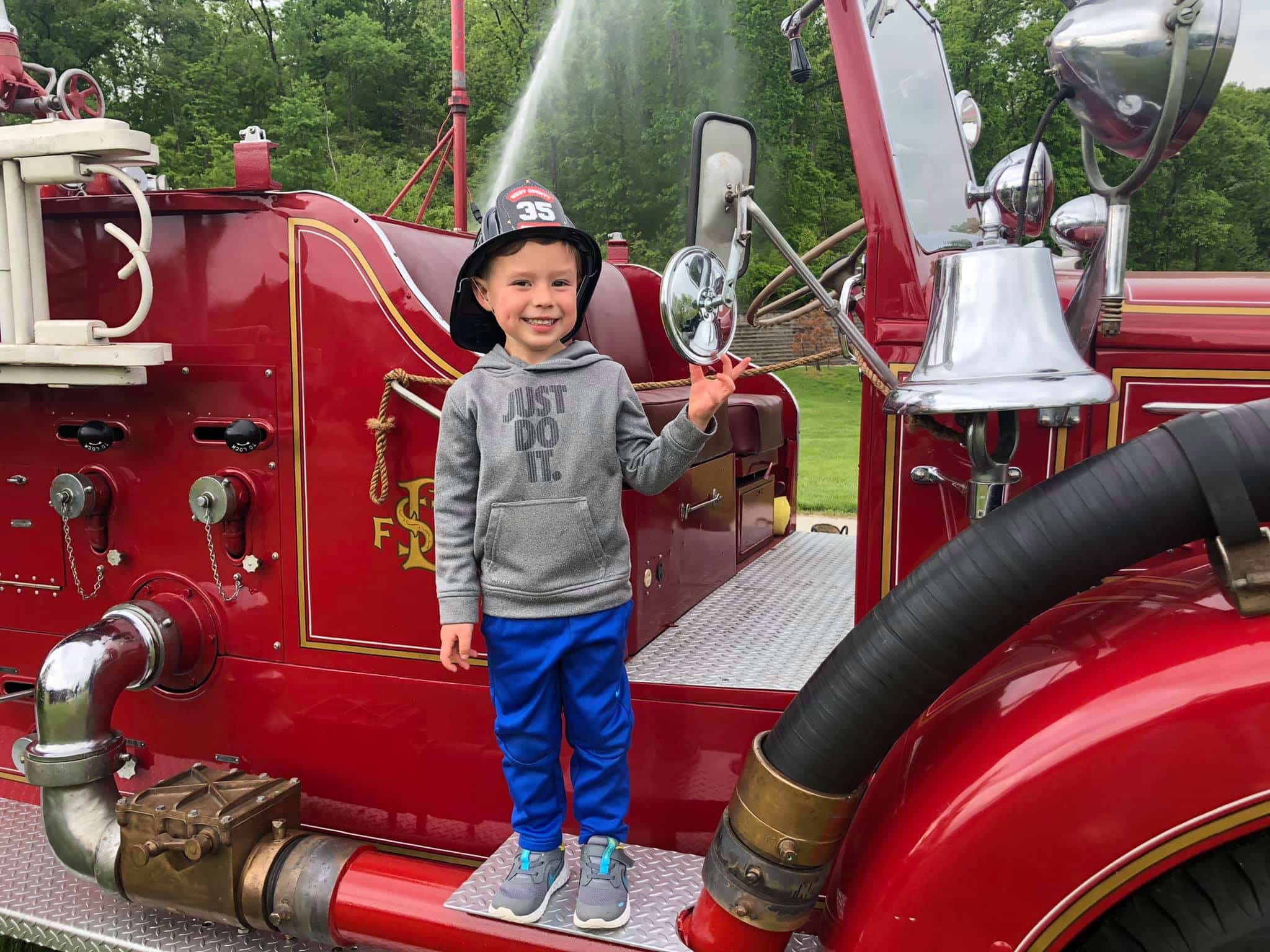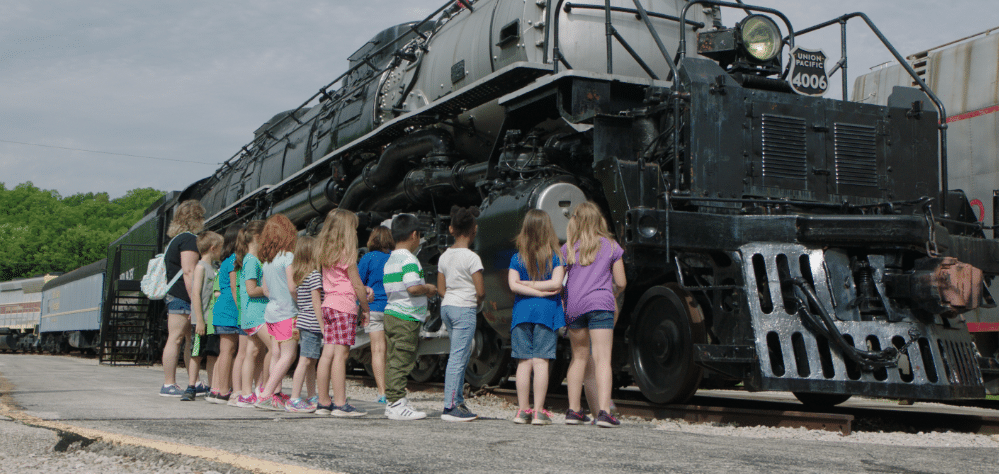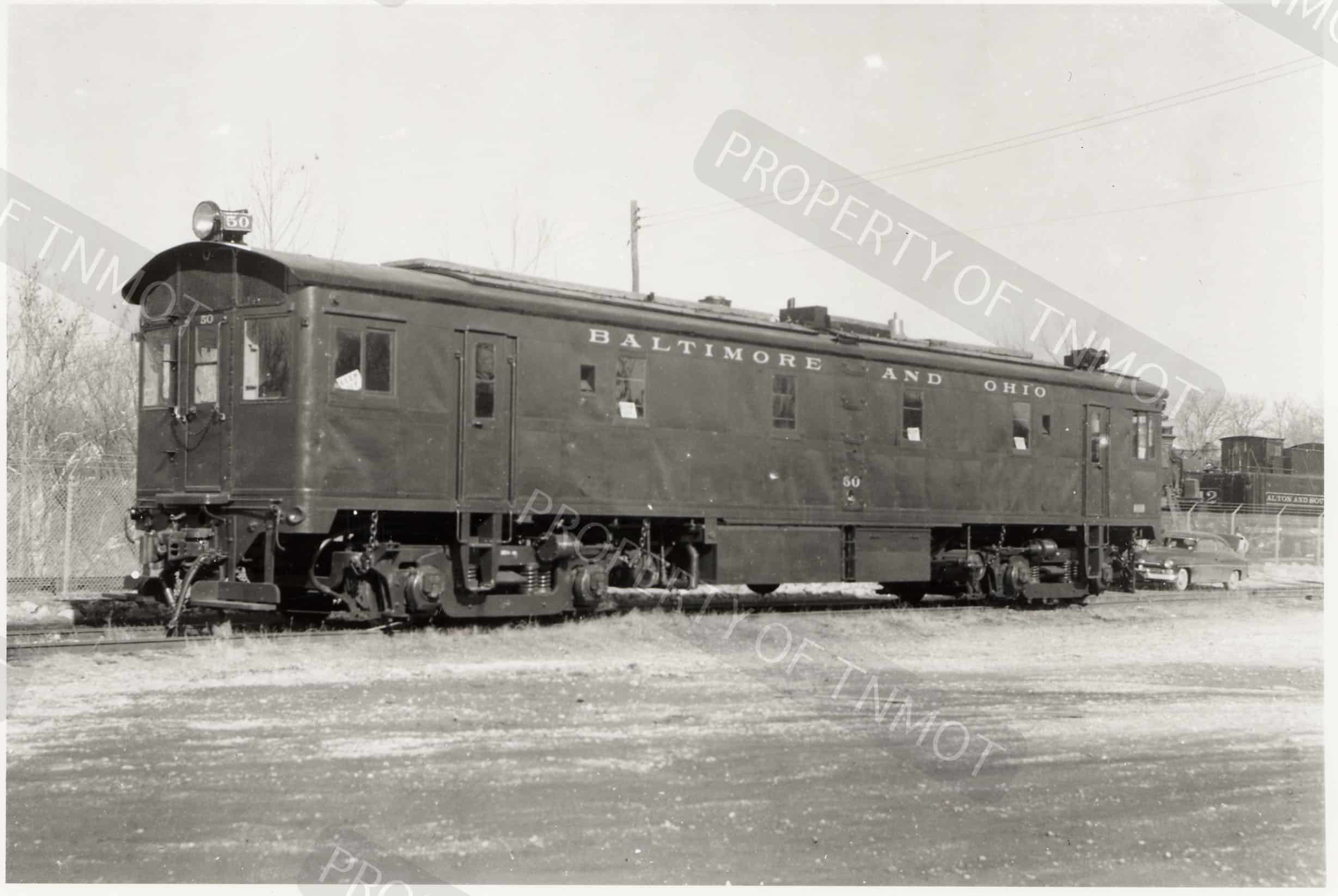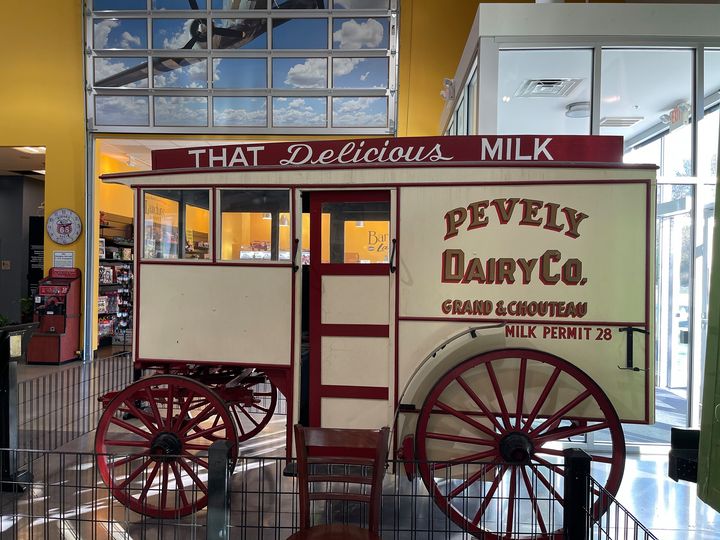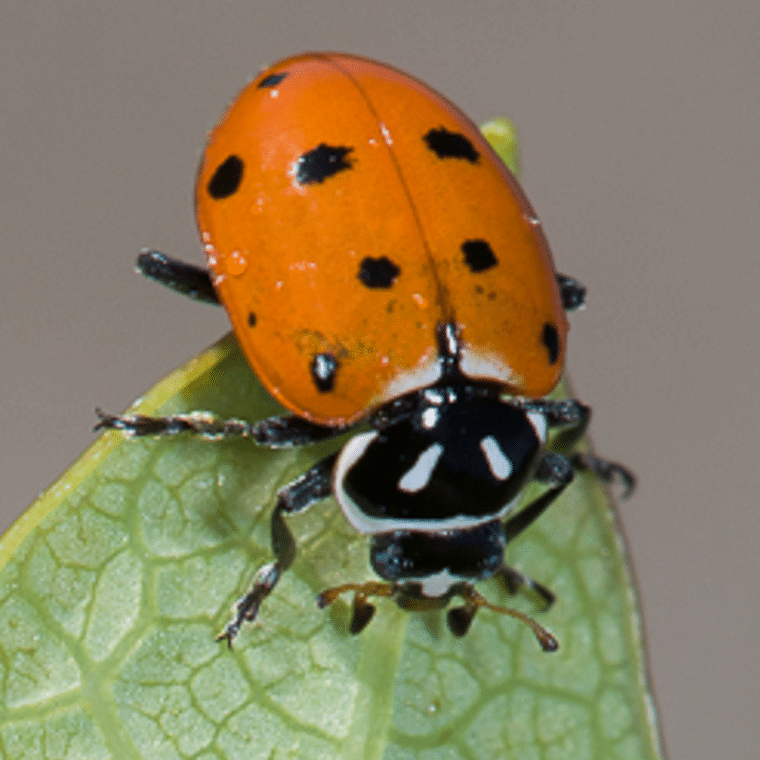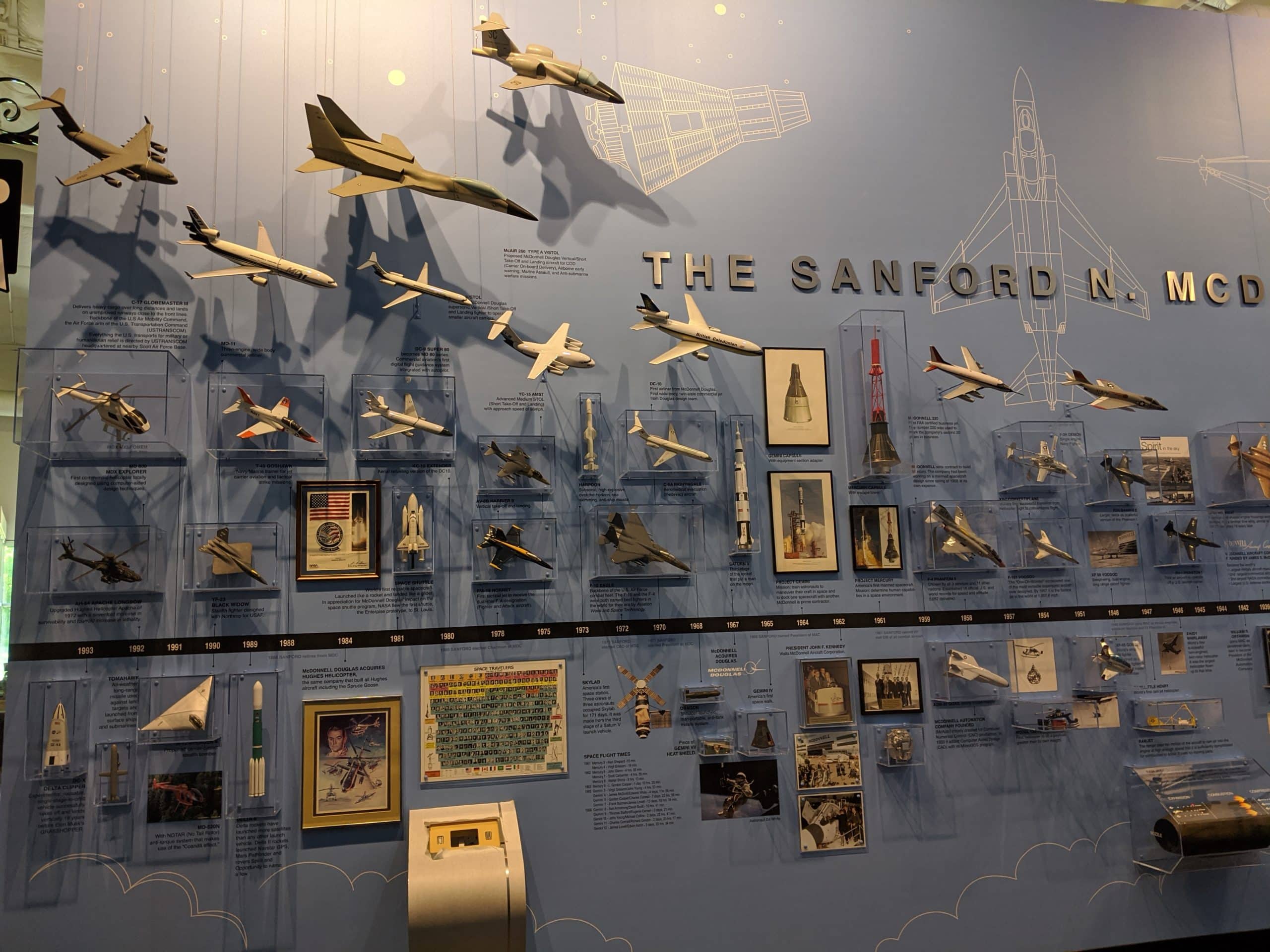Who are the “primary” pollinators most likely to visit the LIFE Exhibit at Pollinator Junction Park? Let’s meet them and nine groups of “primary pollinators,” and their most recognizable ambassadors.
Our pollinator “ambassadors” are good representatives of a group of pollinators. They are the most familiar, most efficient, most common, least aggressive, sometimes truly unique or just the easiest to recognize “pollen transporters.” These pollinators are nature’s original transporters and are involved in transportation not unlike our trains.
These pollinators are also the easiest to attract to our flowers. They need a place to eat and “bee” safe in our landscape. These all can “bee” fun to watch and “bee”come a welcomed part of our neighborhoods!
These “pollination pros” also do most of the work of pollinating! These are our Pollinator Junction’s Pollinator Pantry Ambassadors:
1) Butterflies and Skippers, the ambassadors:
Monarch butterfly (Danaus plexippus)
Silver-spotted Skipper ( Epargyreus clarus)
2) Nectar Moths ambassadors:
The Snowberry Clearwing Moth (Hemaris diffinis)
The Hummingbird Clearwing Moth (Hemaris thysbe)
The White-lined Sphinx Moth (Hyles lineata)
3) Hummingbird ambassador (representing only themselves):
The Ruby-throated Hummingbird (Archilochus colubris)
4) The “too busy to care about us” Bumble bee ambassador:
Eastern Bumble bee (Bombus impatiens)
She represents the six most common and very subtly different species of bumble bees in Missouri (Bombus spp.). We’ve also grouped the “he’s got nothing but moves” Carpenter Bee (Xylocopa virginica) with the bumbly bumble bees!
5) “No bother” bunny-hole bees (Andrenid) represent the many type of very docile mining bees.
6) The gentle orchard bee (Osmia lignaria) represent the mason bees and leaf cutter bees (Osmia spp. and Megachile spp.).
7) The busiest bee of all is the Honey bee.
8) The bee mimic, the most varied group includes all insects that pollinate and have the warning markings of a bee. Most are flies. They do NOT have stingers!
9) Last but not least is the ladybug beetle “ambassador” representing the many flower beetles that do NO harm to plants OR blossoms. These pollen-powered, sometimes nectar-sipping, beetles tumble, tromp and transfer pollen in the process of eating the grains. Some also eat other insects and so are very beneficial and provide natural pest control!







